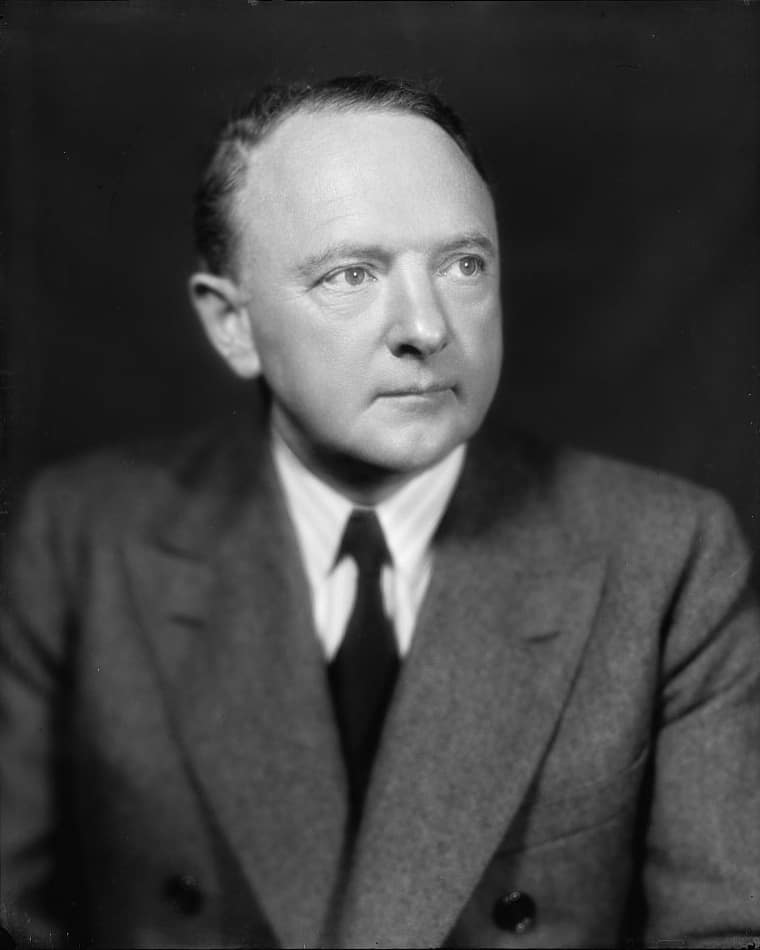In the United States, the term political machine usually carries negative connotations – recognized as a device which distorts democracy. This is not entirely true, since a political machine requires a demonstrated ability to get voters to the polls in order to support its agenda. The image of a political machine dominating local politics is an old and well established one in the United States, usually they are depicted as corrupt and operating for the benefit of one or more wealthy individual. The film Mr. Smith Goes to Washington depicts an honest and eager young Senator going to battle against a corrupt machine, its presentation of good versus evil is clear and now classic.
Political machines use the power of patronage and a rewards system to advance the agenda of a political boss or bosses. They have, in the past, controlled local and state governments and have influenced the federal government many times. Machines are built to control successive elections over time rather than influence a single electoral cycle. In the late 19th century most of America’s larger cities were dominated by local machines, including New York, Philadelphia, Cleveland, Boston, Kansas City, Chicago and many others. The ability to control local politics led to increased influence over national affairs through the control of congressmen and senators, as well as influence in State Houses nationwide.

Here are ten political machines and their influence on American history, some of which is still felt today.

The Byrd Organization
For over forty years the Byrd Organization dominated political affairs in the Commonwealth of Virginia, operating mainly in the rural areas of the state. It was controlled by Harry F. Byrd Sr. and formed when he became governor of the state in 1925. In 1933 Byrd was elected Senator, a position he maintained until resigning in 1965.
The Byrd Organization relied on poll taxes to establish voter eligibility in rural counties, and Byrd personally approved candidates for the elected offices in each county. With control of all elected and appointed officials in the rural areas Byrd was assured of maintaining a majority of registered voters supportive of his views throughout the state, since the county officials controlled the voter registration rolls.
As a Senator Byrd’s control over state politics was unquestioned. He used the machine to oppose federally mandated school integration in Virginia, specifying a program of “massive resistance” to thwart desegregation. Through the use of his organization, Byrd ensured that Congressmen representing Virginia in the House were friendly to the machine, establishing allies in Congress as well as in the Statehouse in Richmond.
Unlike more well-known political machines, the Byrd Organization drew its strength from the rural districts and did not carry much influence in Virginia’s cities. Byrd strengthened his position in the rural areas through the use of manipulation of apportionment which favored the counties from which he drew his support.
Byrd resigned from the Senate in 1965, and through his influence with the Governor’s office had his son, Harry F. Byrd Jr, appointed to his Senate seat. Byrd died the following year and by the end of the 1960s the longstanding Byrd Organization was beginning to crumble. Harry Jr. remained in the Senate until 1983 when he retired. By then the Byrd Organization was a thing of the past, despite totally dominating Virginia politics for over forty years.

